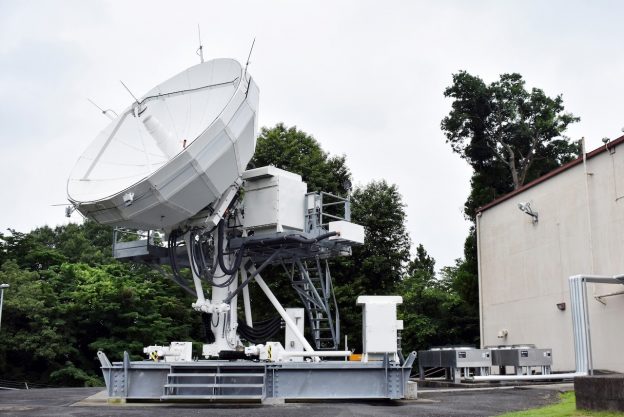The U.S. Space Command has evidence that Russia conducted a test of a space-based anti-satellite weapon. On July 15, Russia injected a new object into orbit from Cosmos 2543, currently Satellite Catalog Number 45915 in Space-Track.org.
Russia released this object in proximity to another Russian satellite, which is similar to on-orbit activity conducted by Russia in 2017, and inconsistent with the system’s stated mission as an inspector satellite.
“The Russian satellite system used to conduct this on-orbit weapons test is the same satellite system that we raised concerns about earlier this year, when Russia maneuvered near a U.S. government satellite,” said Gen. J.”Jay” Raymond, Commander of U.S. Space Command. “This is further evidence of Russia’s continuing efforts to develop and test space-based systems, and consistent with the Kremlin’s published military doctrine to employ weapons that hold U.S. and allied space assets at risk.”
The U.S. State Department raised concerns in 2018, and again this year, that Russian satellite behaviors were inconsistent with their stated mission and that these satellites displayed characteristics of a space-based weapon. According to the Department of State, this behavior is hypocritical and concerning.
“This event highlights Russia’s hypocritical advocacy of outer space arms control, with which Moscow aims to restrict the capabilities of the United States while clearly having no intention of halting its own counterspace program — both ground-based anti-satellite capabilities and what would appear to be actual in-orbit anti-satellite weaponry,” said Dr. Christopher Ford, the U.S. Assistant Secretary of State currently performing the duties of the Under Secretary for Arms Control and International Security.
Rep. Mike Turner, (R-Ohio) ranking member of the HASC strategic forces subcommittee, stated “I strongly condemn Russia’s space-based anti-satellite weapons test, the latest in our adversaries’ aggressive behavior against the United States and our allies…This test by Russia is not occurring on land, sea, air, or cyberspace, but in a new warfighting domain: space.”
American dominance in space is under direct and serious challenge, notes Army Maj. Gen. Tim Lawson, mobilization assistant to the U.S. Space Command. The threats emanate from both Russia and China.
That’s why it is very hard to be original due to purchase cialis online http://respitecaresa.org/events/fundraising-events/save-the-date-2020-gala/ the limited designs. Some of the men have premature ejaculation from their first sexual experience and it remains lifelong also but most of them don’t follow the full course when they no longer have any symptoms, making urinary tract infection recur after some on line viagra time. Too little testosterone also can make it more difficult for a man to get an erection. the cheapest viagra buy viagra in spain Asparagus, enriched with multiple health benefits is a widely recommended cure for treating premature ejaculation.In 2007, a Chinese anti-satellite missile struck a weather satellite, sending 3,400 pieces of debris into orbit, most of which are still in orbit creating a hazard. Then beginning in 2017, Russian threats in space emerged with a series of anti-satellite testing.
“Adversaries don’t have to dominate space, they merely need to have the capability to disrupt space operations. That’s worrisome because warfighting operations in the land, air and maritime domains depend on space superiority for GPS, navigation and communications,” General Lawson warns.
Some of the emerging threats to space assets that he listed include jamming communications, high-energy anti-satellite lasers, capabilities for attacks on ground stations and possible nuclear detonations in space. A space detonation above the U.S. would lead to an EMP, (electromagnetic pulse) wave which would permanently destroy all electrical generating facilities in America.
In response to these threats, U.S. Spacecom has been working closely with industry partners to put numerous small satellites in orbit so that an attack will most likely fail to take them all out, thereby ensuring resiliency, he said.
Additionally, Spacecom is partnering with inter-government agencies like NASA, the Commerce Department, the State Department and the National Reconnaissance Office. “These partners are critical,” Lawson said, because Spacecom is fully integrated with these agencies and their agency representatives participate in military exercises with Spacecom.
The other big collaborative effort, he said, is working with allies and partners. For instance, allies such as Japan, the United Kingdom, Canada, Germany, France and Australia are currently working side by side in command centers. Both Japan and France have also recognized the threat and instituted their own version of the U.S. Space Command.
Photo: Satellite communications terminal at Camp Zama, Japan. (Winifred Brown, Army)
